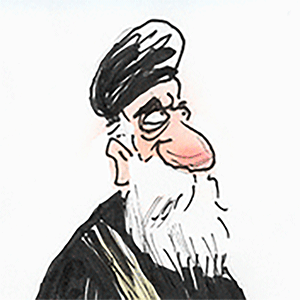A Key to Baltimore's Broken Heart
A week ago, while Baltimore slept, the Francis Scott Key Bridge stood, its gorgeous and graceful truss lighting and spanning its busy global port. It is -- was -- a beloved landmark.
When the city woke in the dawn's early light, the bridge was not still there. A massive 21st-century cargo ship rammed it and it all fell down, severing a vital artery to the city's heart. Six workers, immigrants all, lost their lives in the frigid river.
A "cathedral of architecture," a Baltimore congressman, Kweisi Mfume, told The New York Times.
Bridges belong to everyone, and the deep loss is shared by all who crossed and viewed it shaping the skyline, core to the city's identity.
"Repeat that, Chief," the stunned mayor, Brandon Scott, said at 1:30 a.m. when the fire chief told him the bridge was "gone."
Knowing Baltimore almost by heart once as a newspaper reporter, I feel the insult to its infrastructure, history and everyday working-class economy, the port a hive for stevedores and longshoremen.
Abolitionist great Frederick Douglass once worked on the waterfront as an enslaved young caulker.
Key, the wealthy lawyer, poet and enslaver who wrote the verses of the national anthem, "The Star-Spangled Banner," witnessed the 1814 British bombardment of Baltimore near the 1977 bridge's site while floating on a boat. His subject, the American victory, helped end the War of 1812.
"The flag was still there," flying over the star-shaped Fort McHenry on the water's edge.
Key's inspired verses, which he dashed off that day in Baltimore, gave the young nation symbolic new meaning. Flagmaker Mary Pickersgill, with her daughter, niece and an enslaved servant girl, Grace, had made the huge banner in record time.
...continued
Copyright 2024 Creators Syndicate, Inc.






